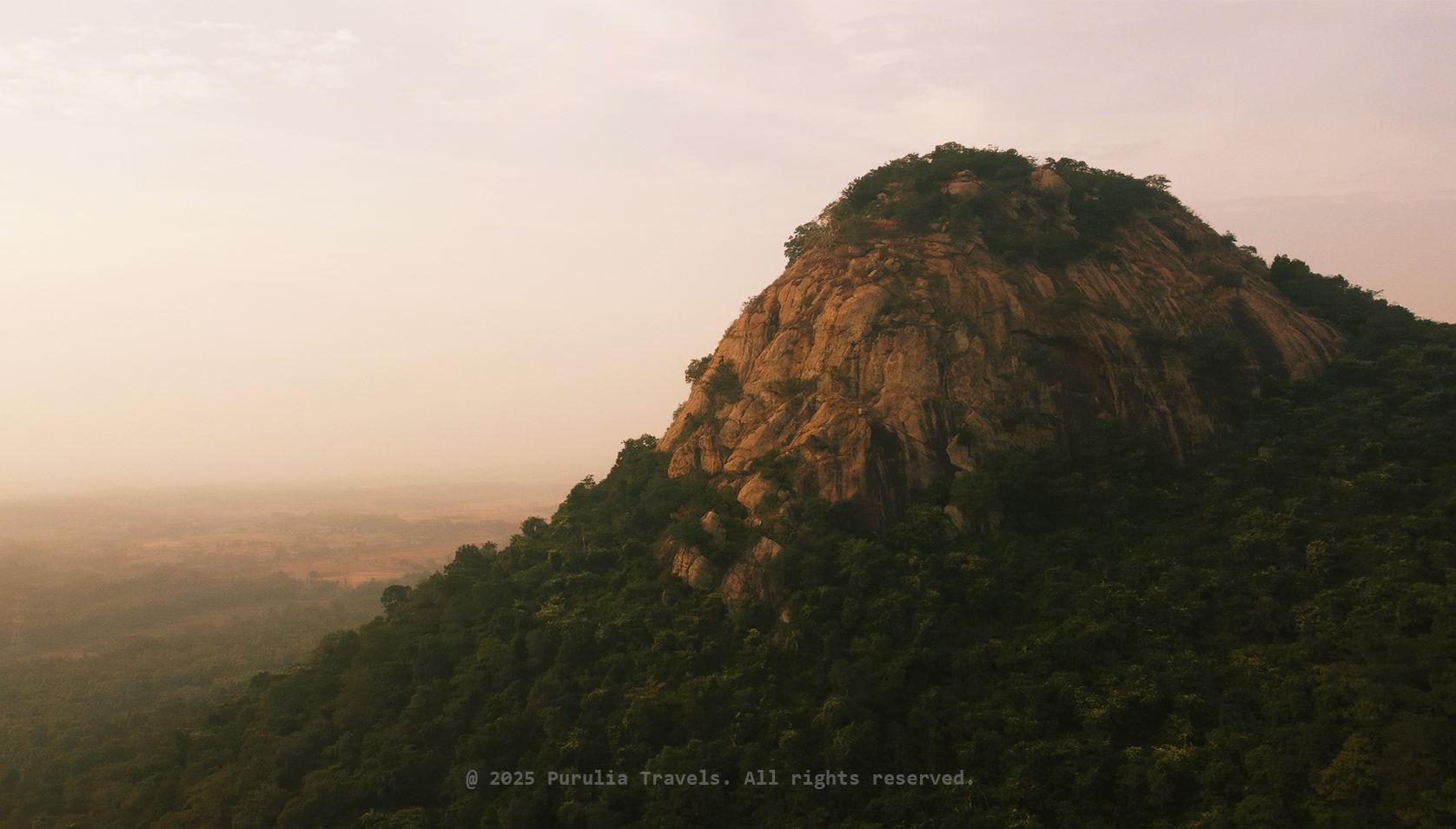
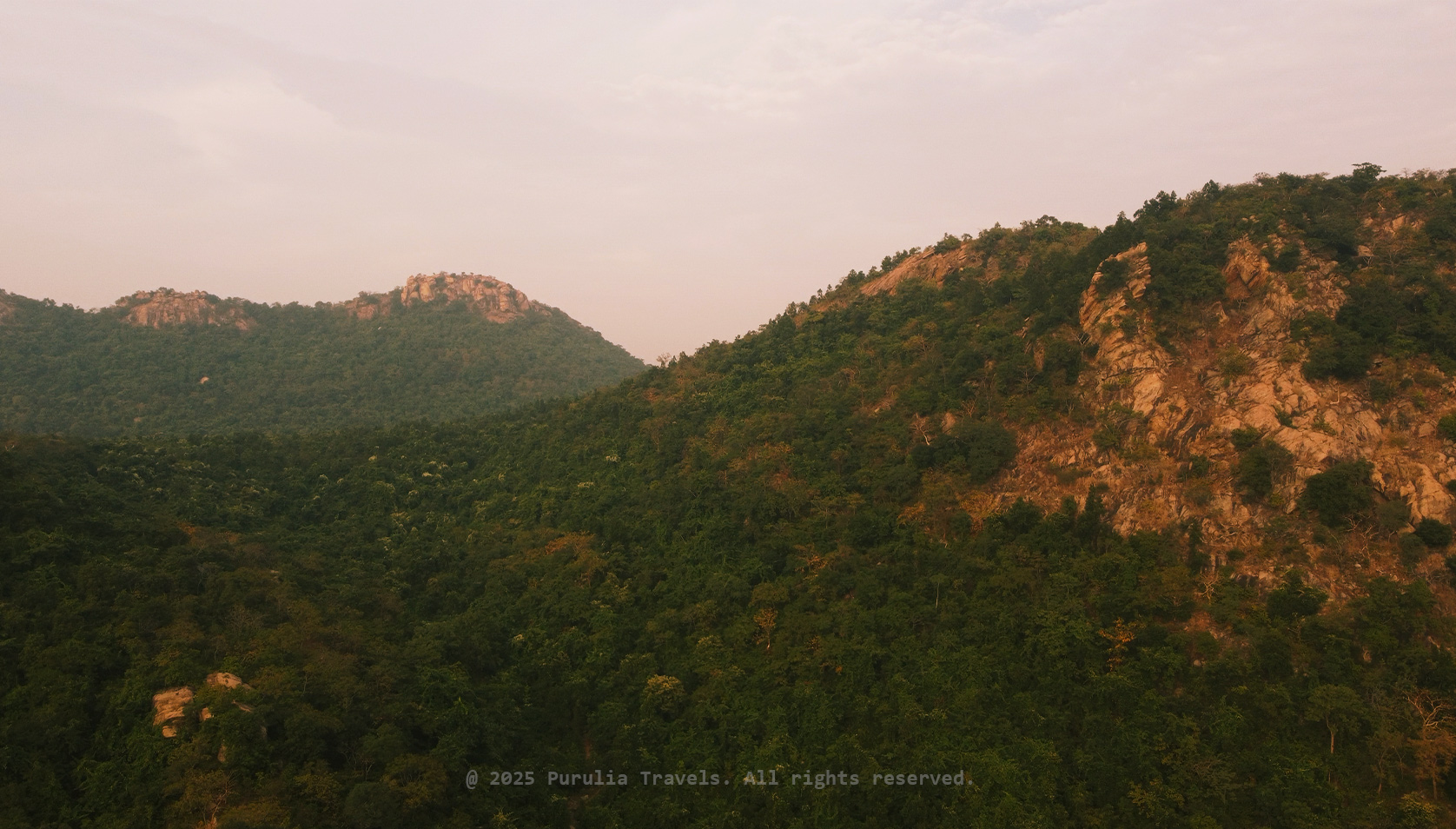
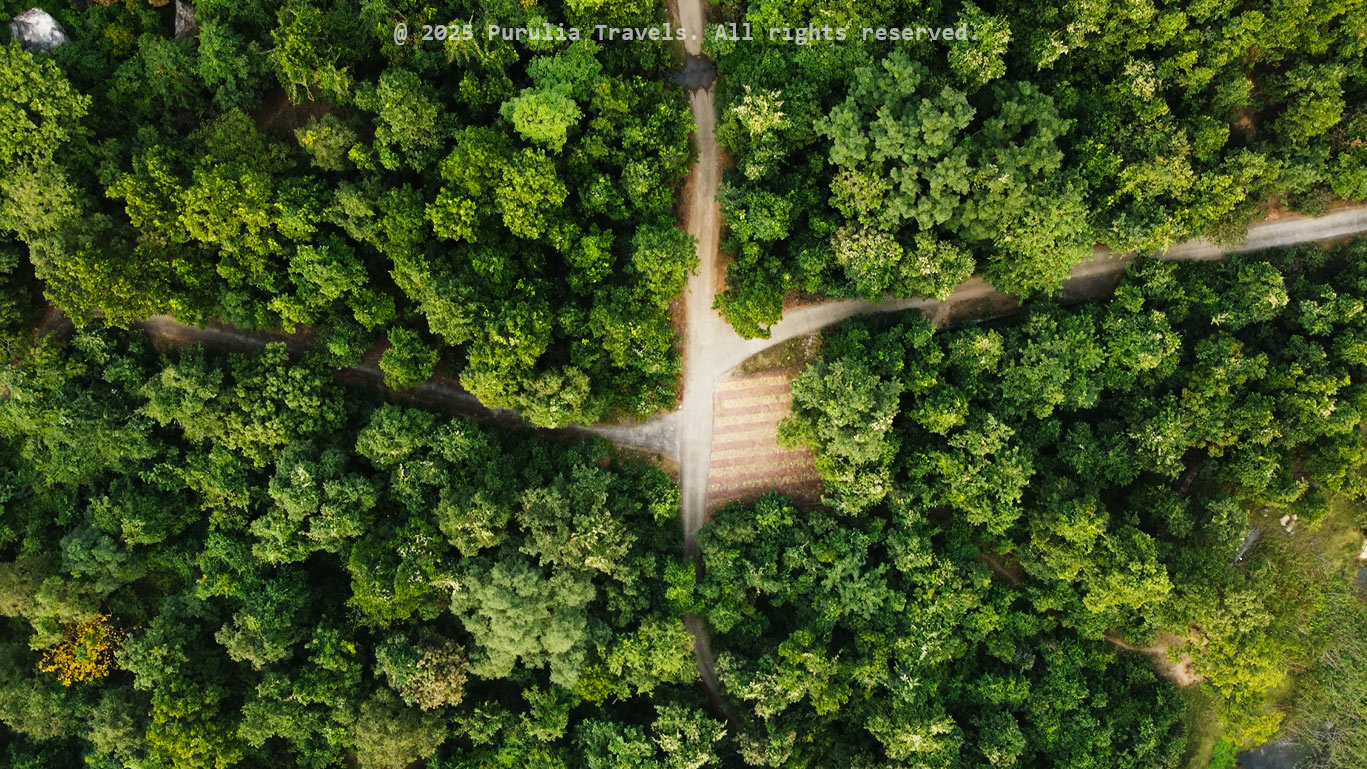
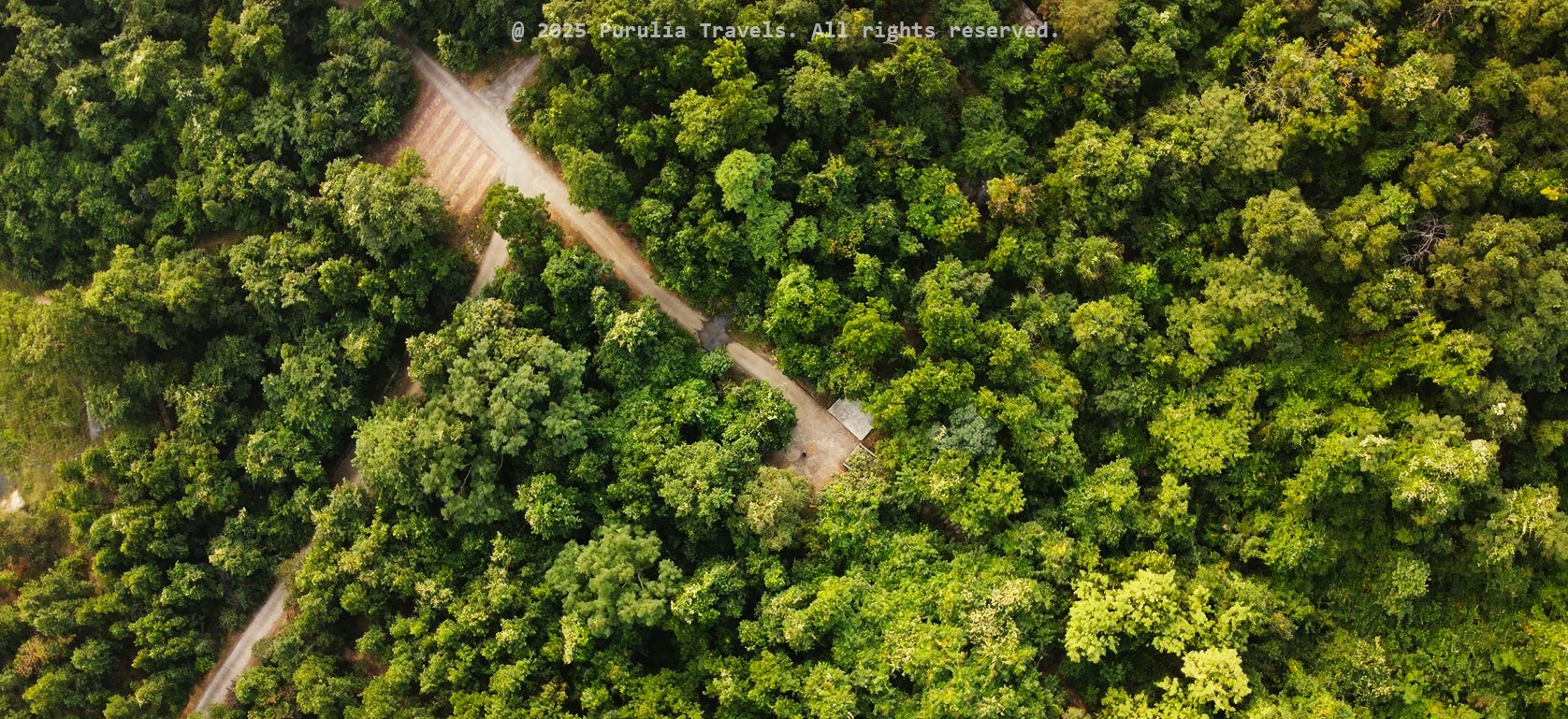
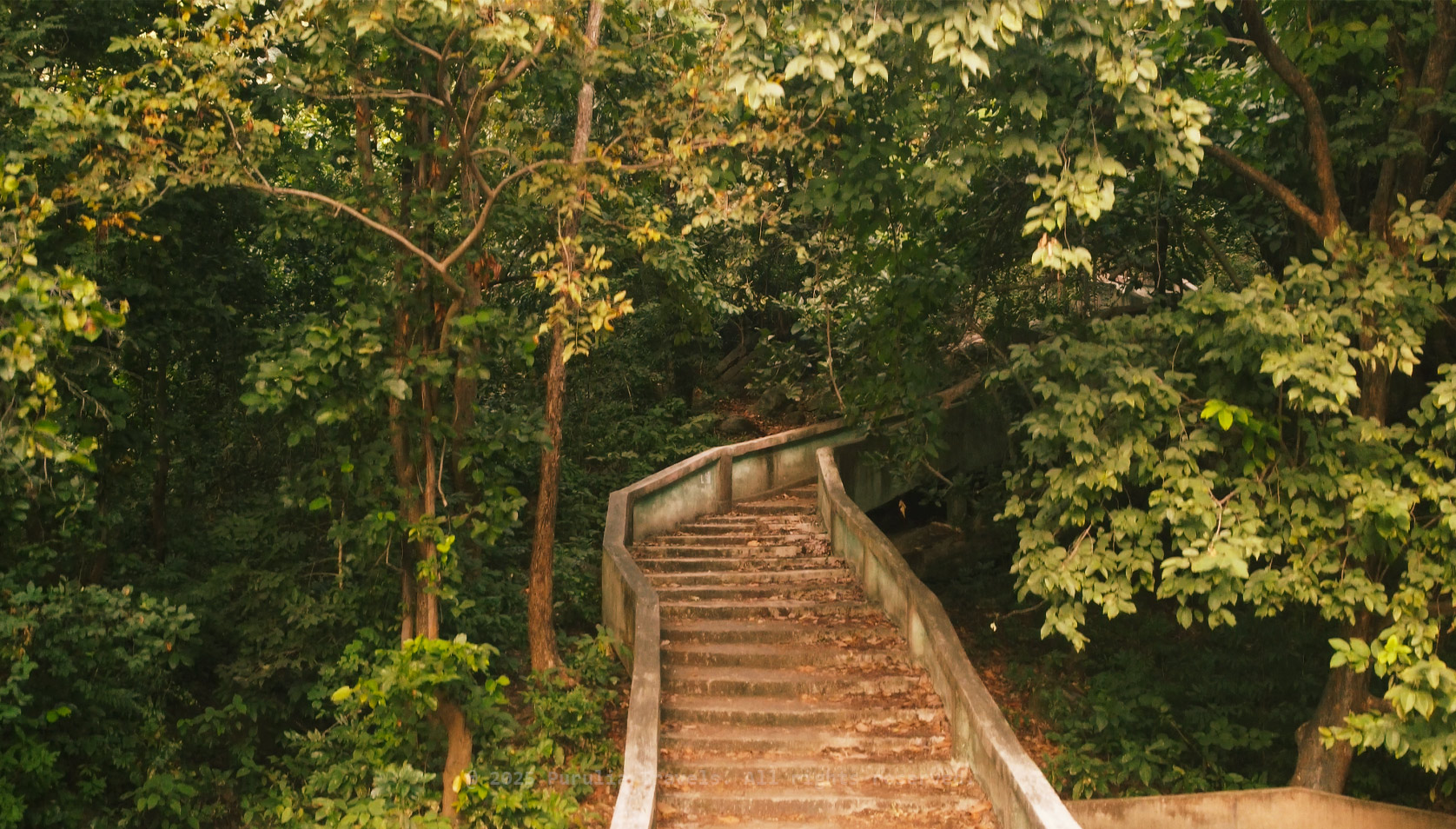
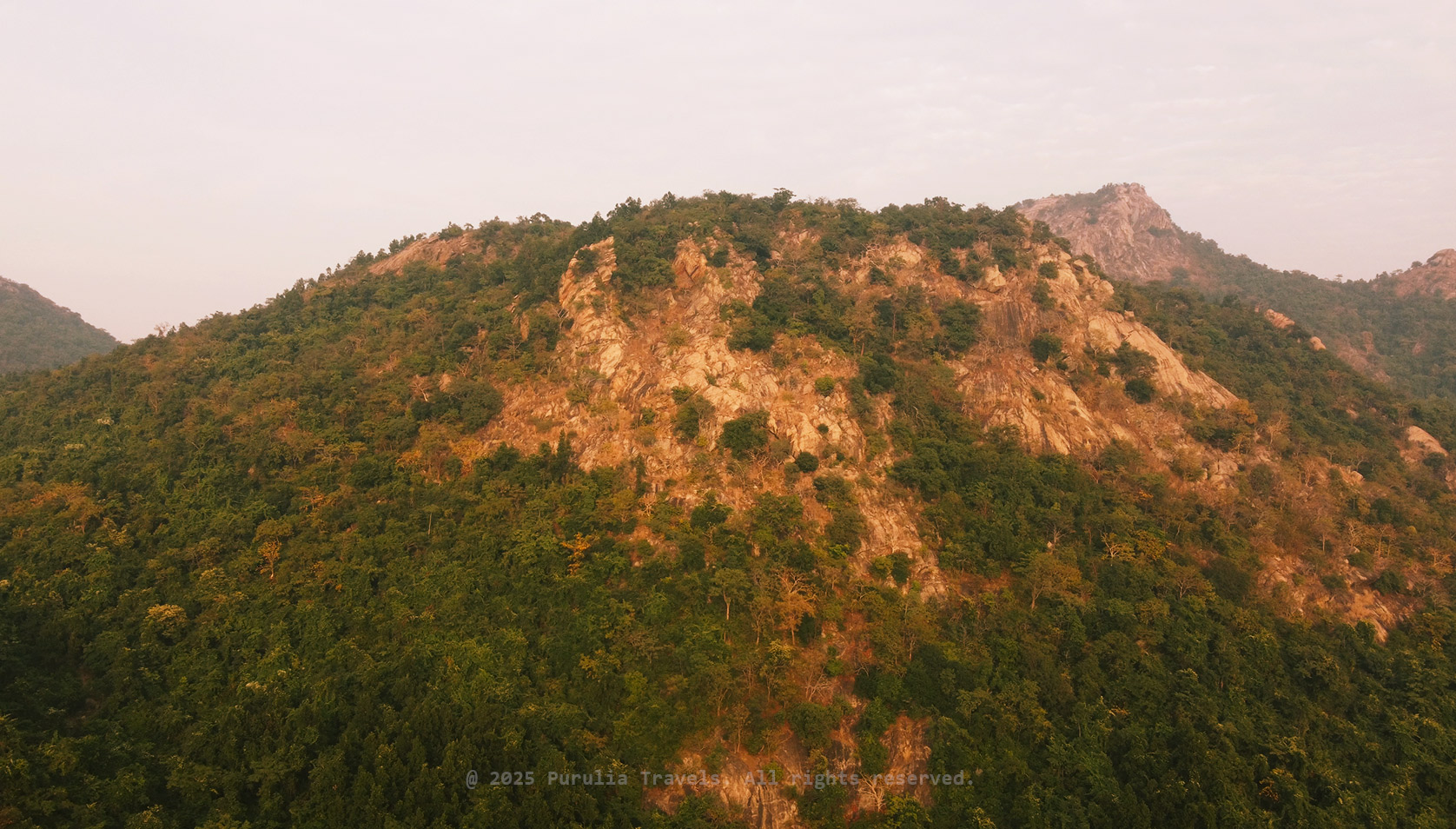
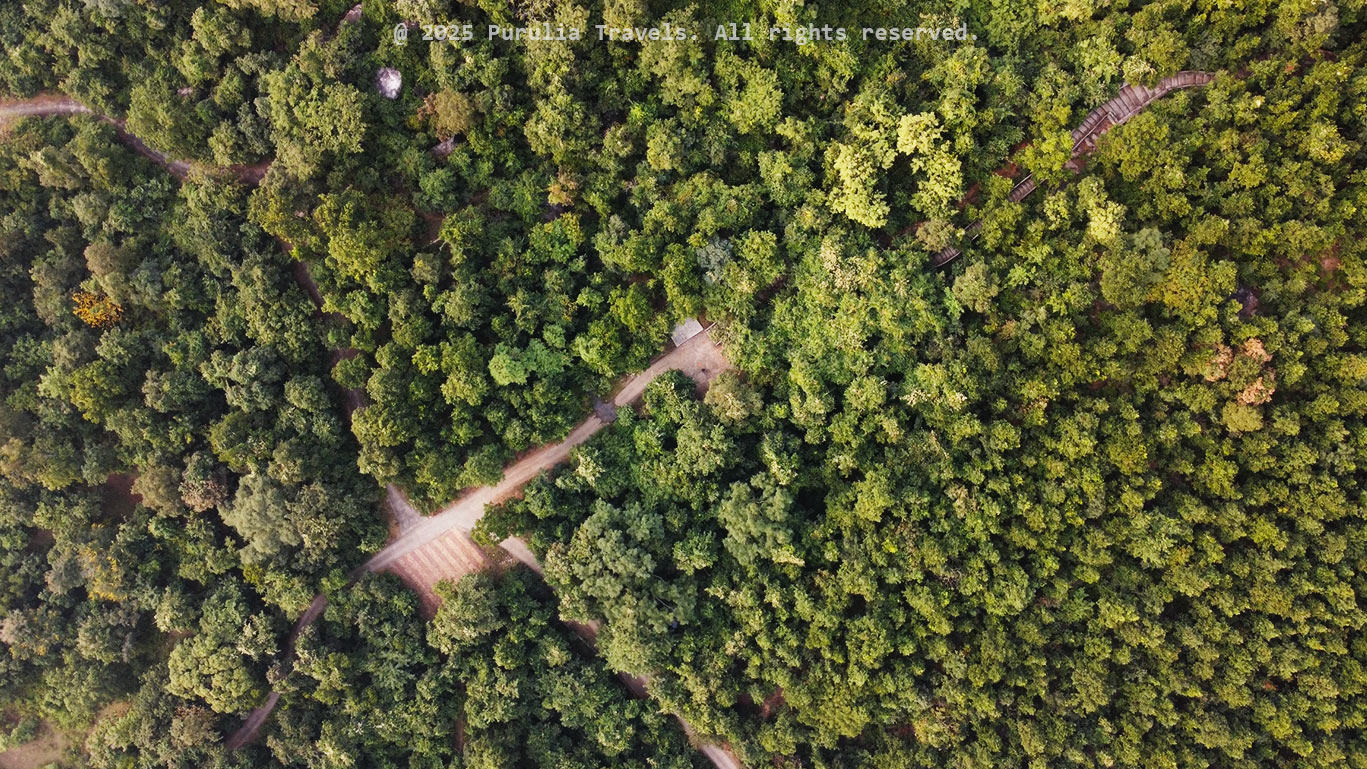
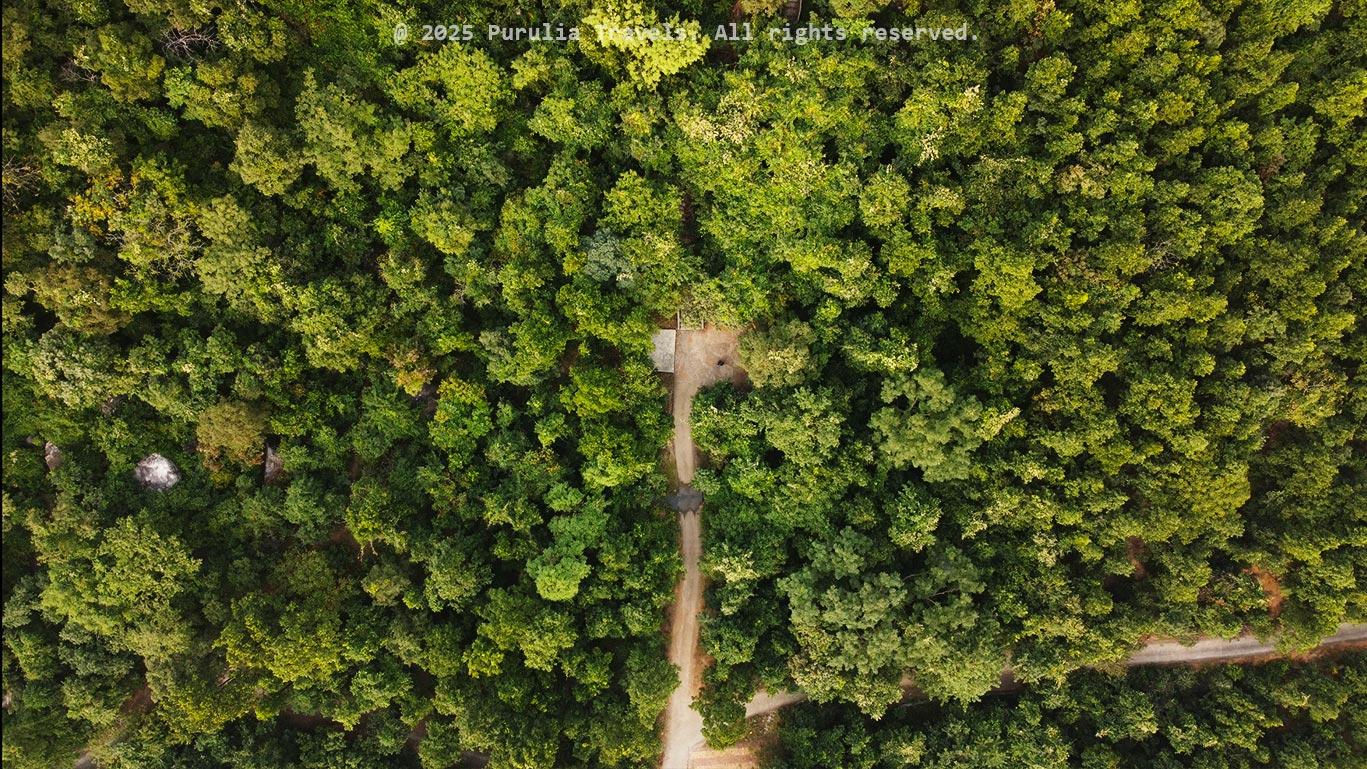
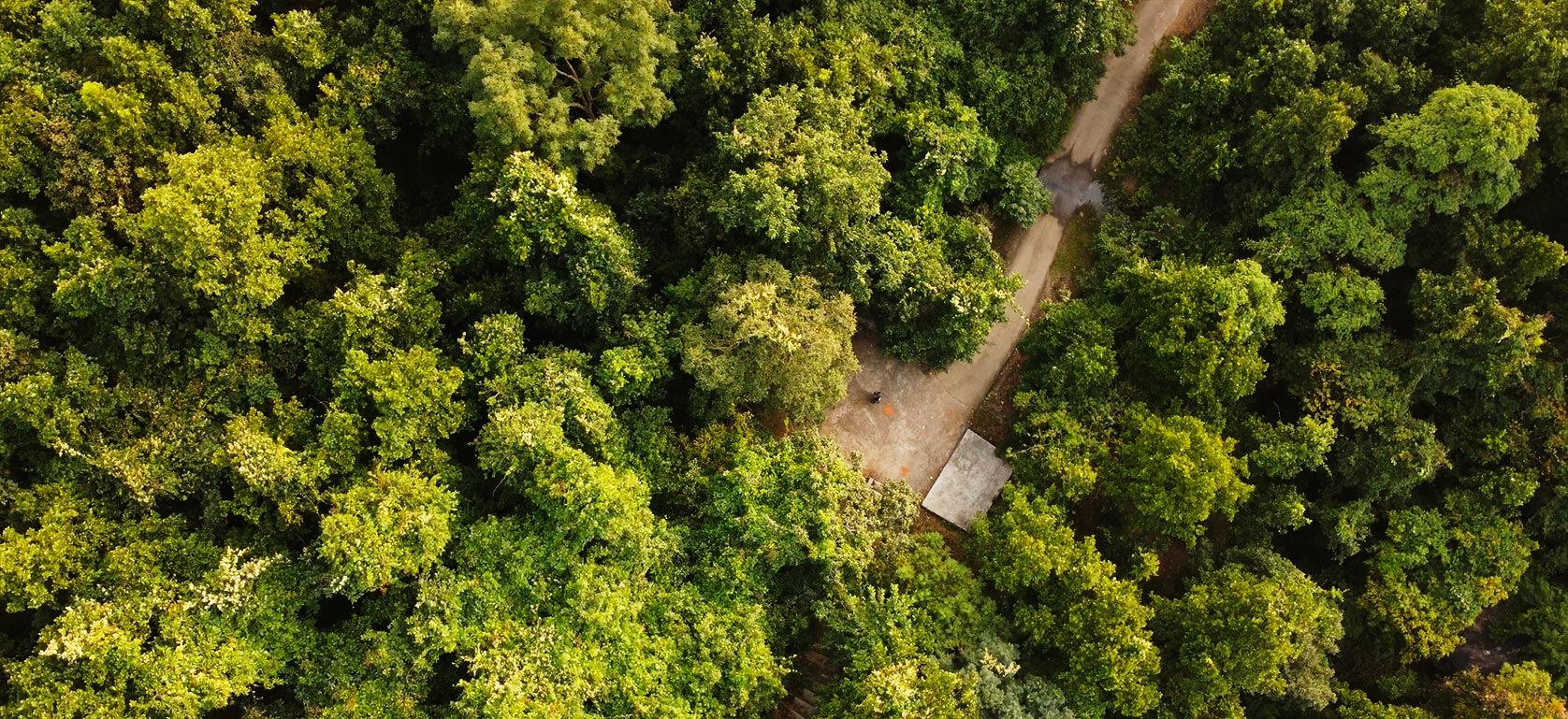
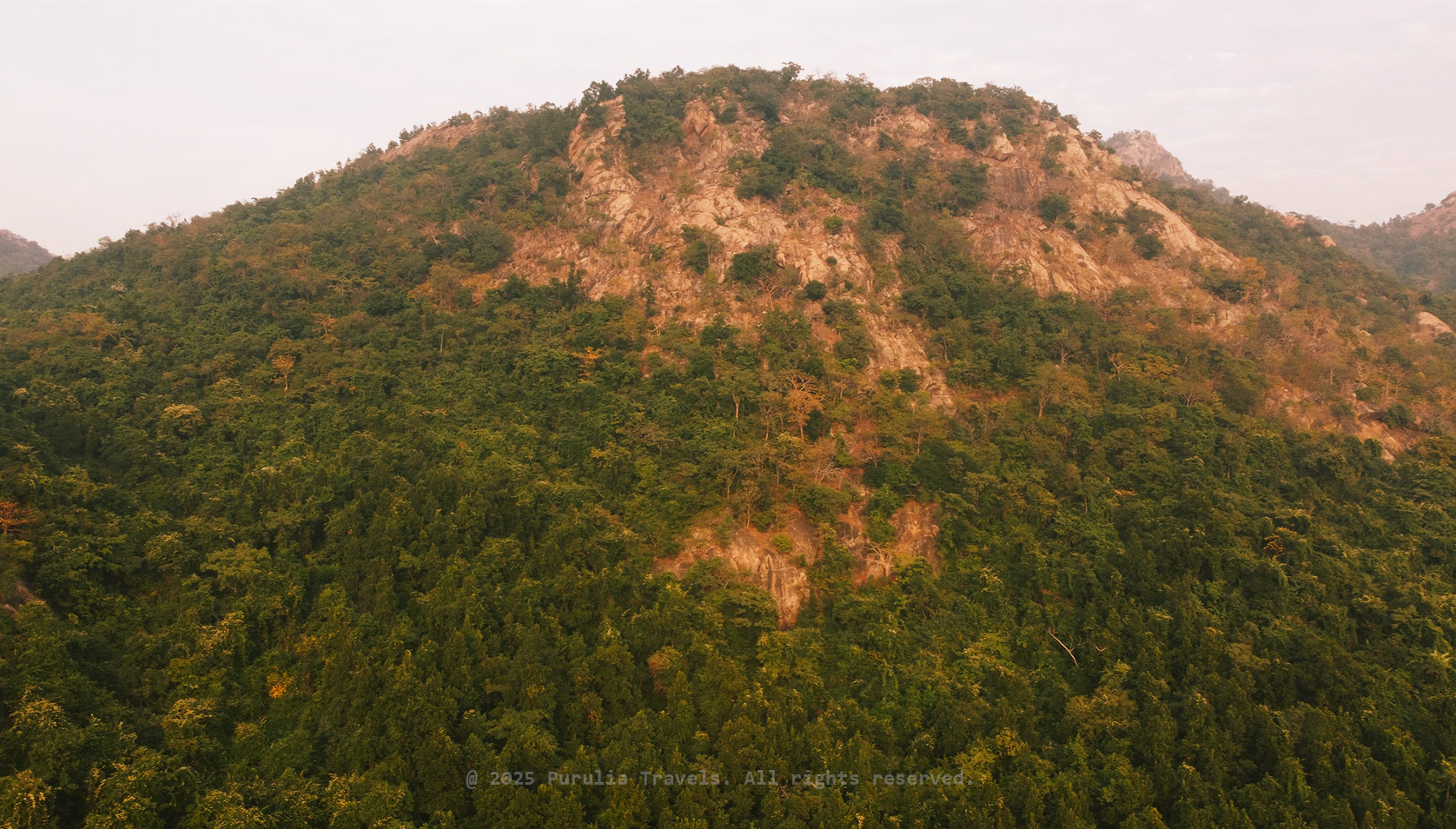
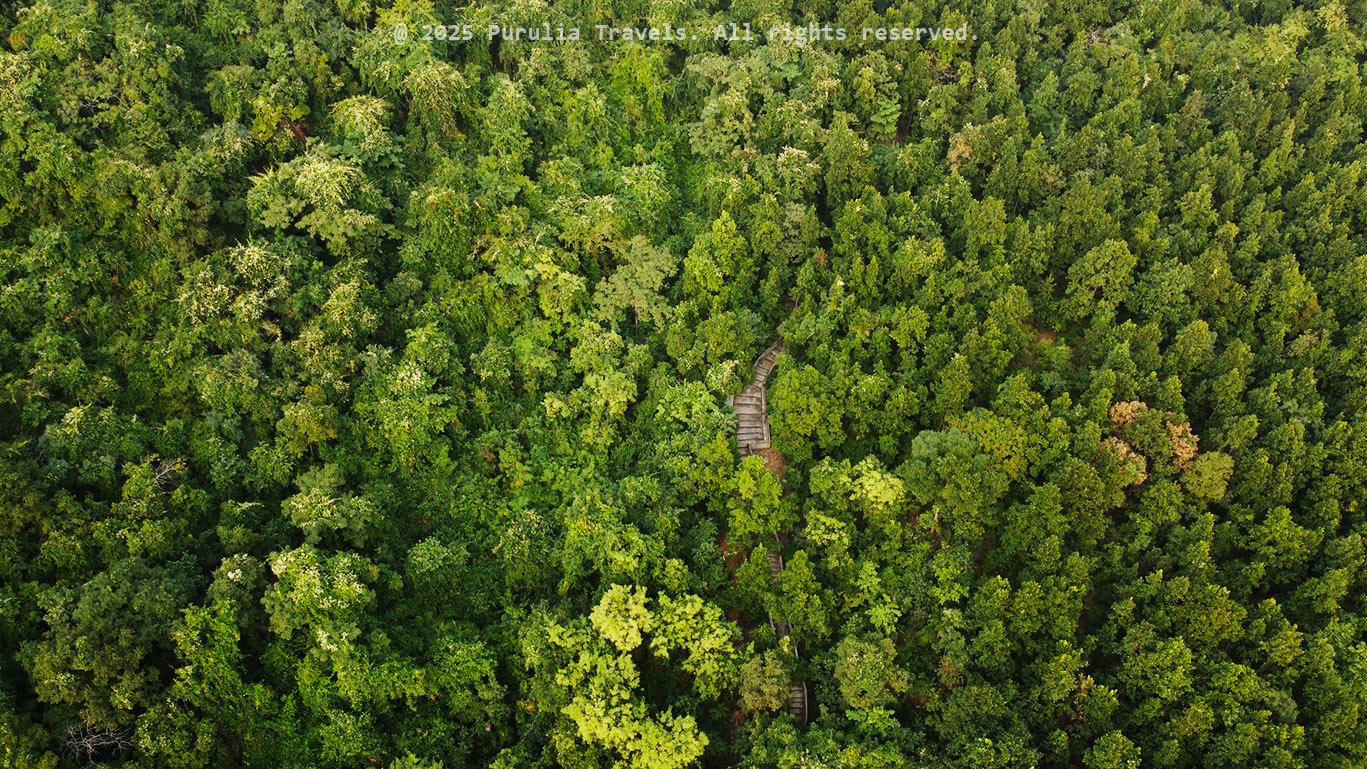
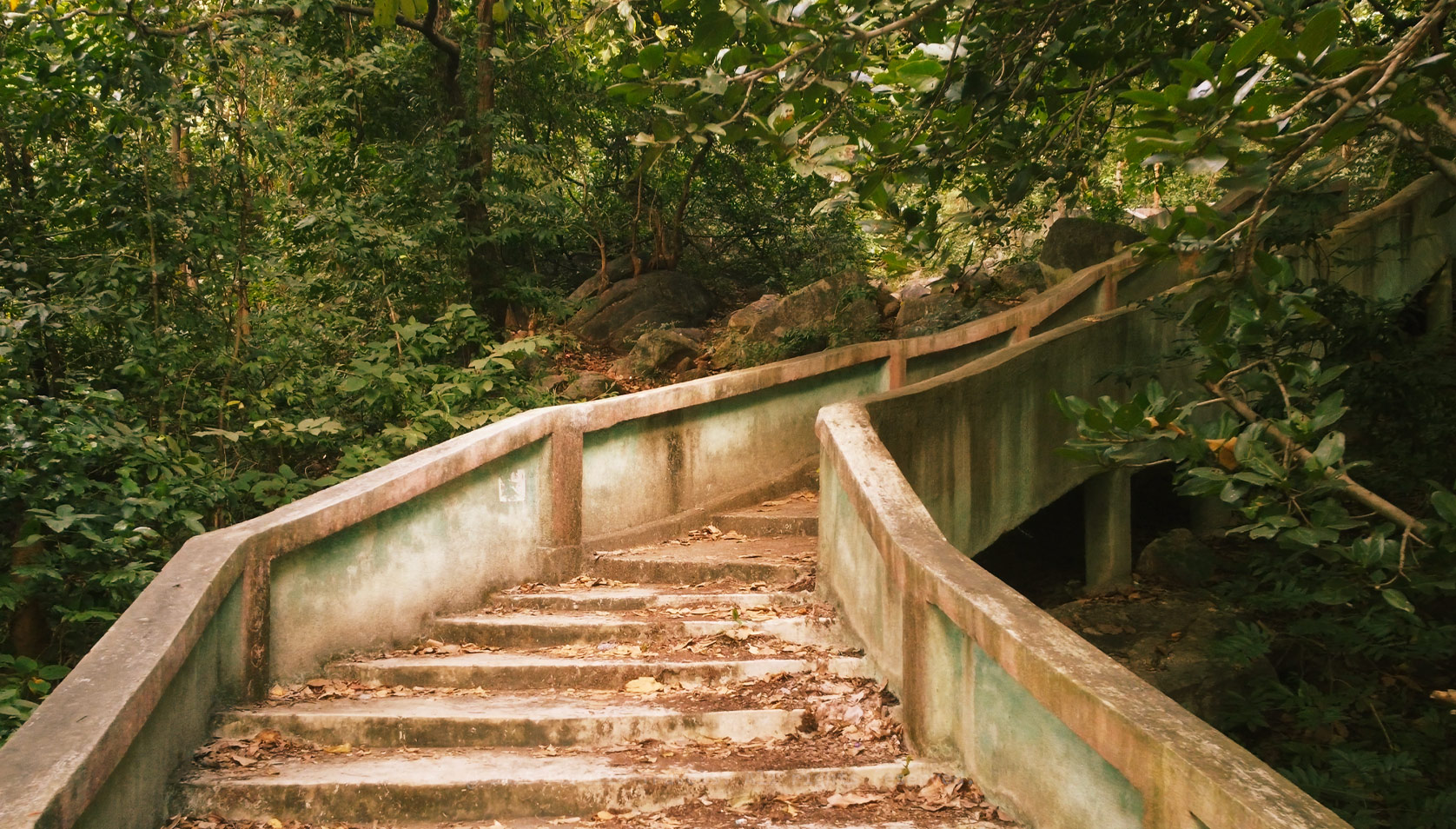
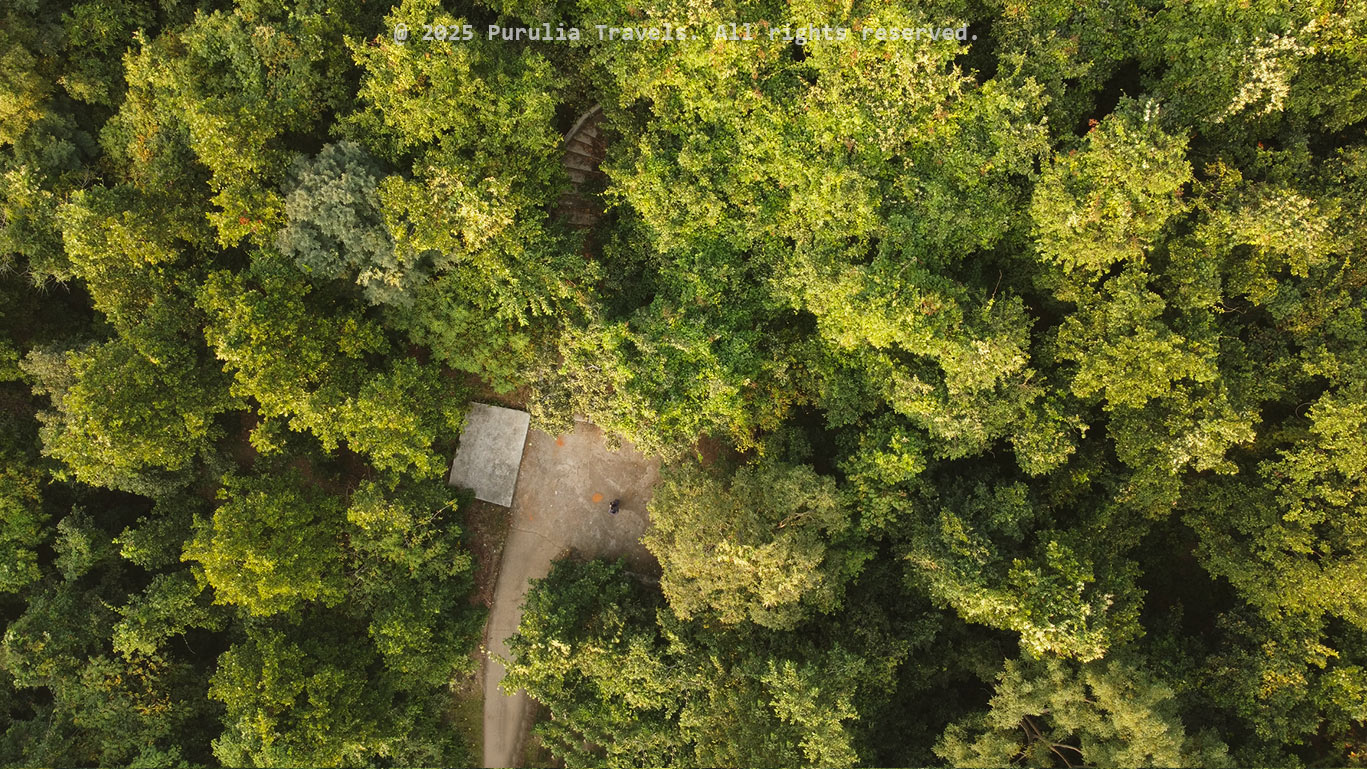
Matha Forest and Mathaburu Hill set amidst Purulia’s Ajodhya Hill range are a perfect wallpaper of the natural vistas and cultural heritage. This rich ecological area acts as a crucial wildlife corridor between the Ajodhya and the Dalma Hill ranges. With dense forests, stunning views and a wide variety of tarntry, Mathaburu Hill is regarded as a trekking and photography hot spot.
Available at about 2000 ft above sea level it gives panoramic views, with indigenous flora such as Palash, Kusum, Shal and Mahua woods giving it an attractive scene. The region is also a colorful place with tribal communities (in this case Mathaburu Mela is celebrated). This mix of adventure and cultural tourism makes it a must see destination.
Ajodhya Hill range has Matha Forest among the largest dense ecologically rich forests in the area. It is highly integral in the wildlife corridor that joins the Ajodhya Hill range to the Dalma Hill range.
Of special note, Matha Forest and Pardi Forest is the most dense forest in the Ajodhya region which is characterized by a diverse ecosystem with elephants among the most common wildlife species spotted around the area. The novelty or lack of disturbance surrounding the forest and the flora and fauna in it makes it a center of attraction for nature lovers and wildlife lovers.
Mathaburu hill, at 2,000 feet high, is an outstanding landmark in Matha Forest area graph. Visitors can enjoy wonderful panoramic views of the valleys and towns, and the thick forest down below from its summit. The local tribal communities deem the hill a sacred place having its important cultural value. At the foot of the hill, annually a fair is organized where one can see the living vibrant tribal culture, rituals and traditions.
Together, Matha Forest and Mathaburu Hill offer a unique blend of natural beauty, wildlife, and cultural heritage, making it a must-visit for adventurers, trekkers, and those looking to immerse themselves in the region’s cultural and ecological richness.
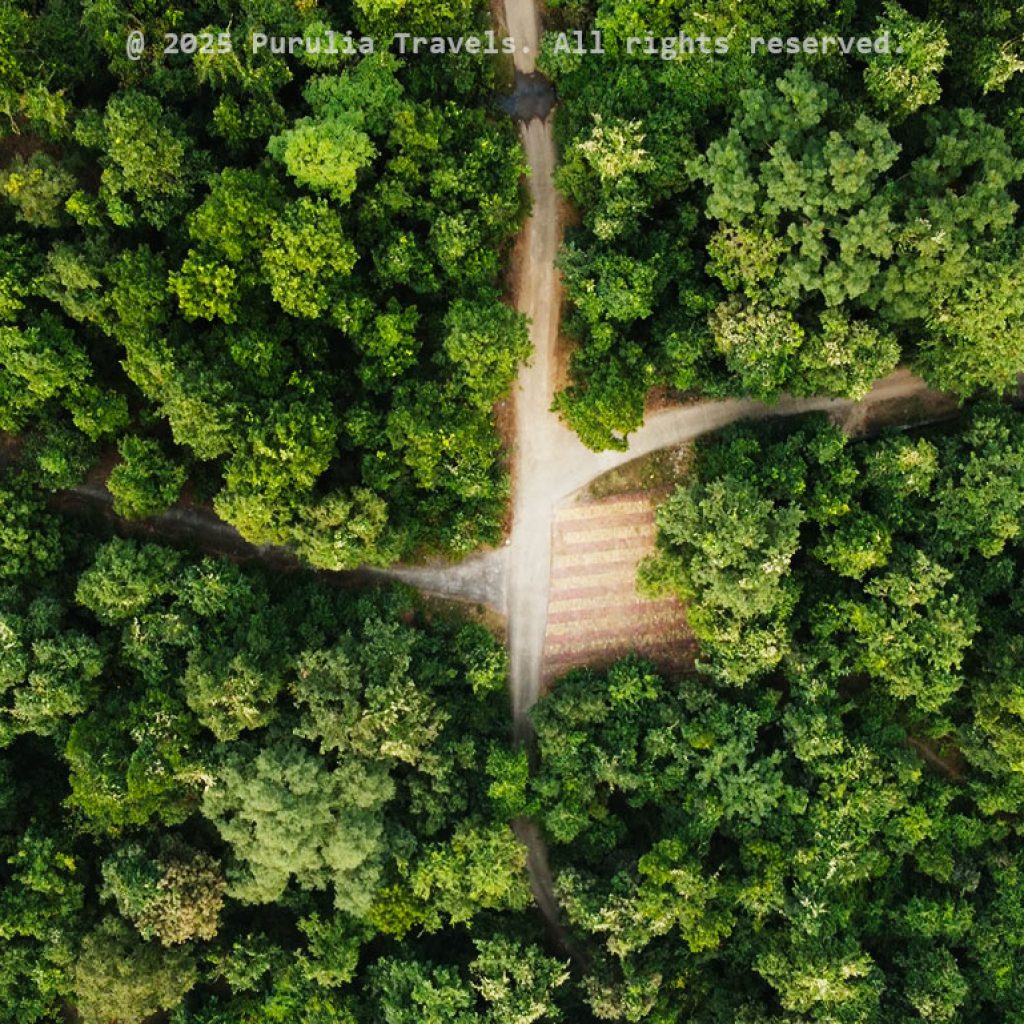
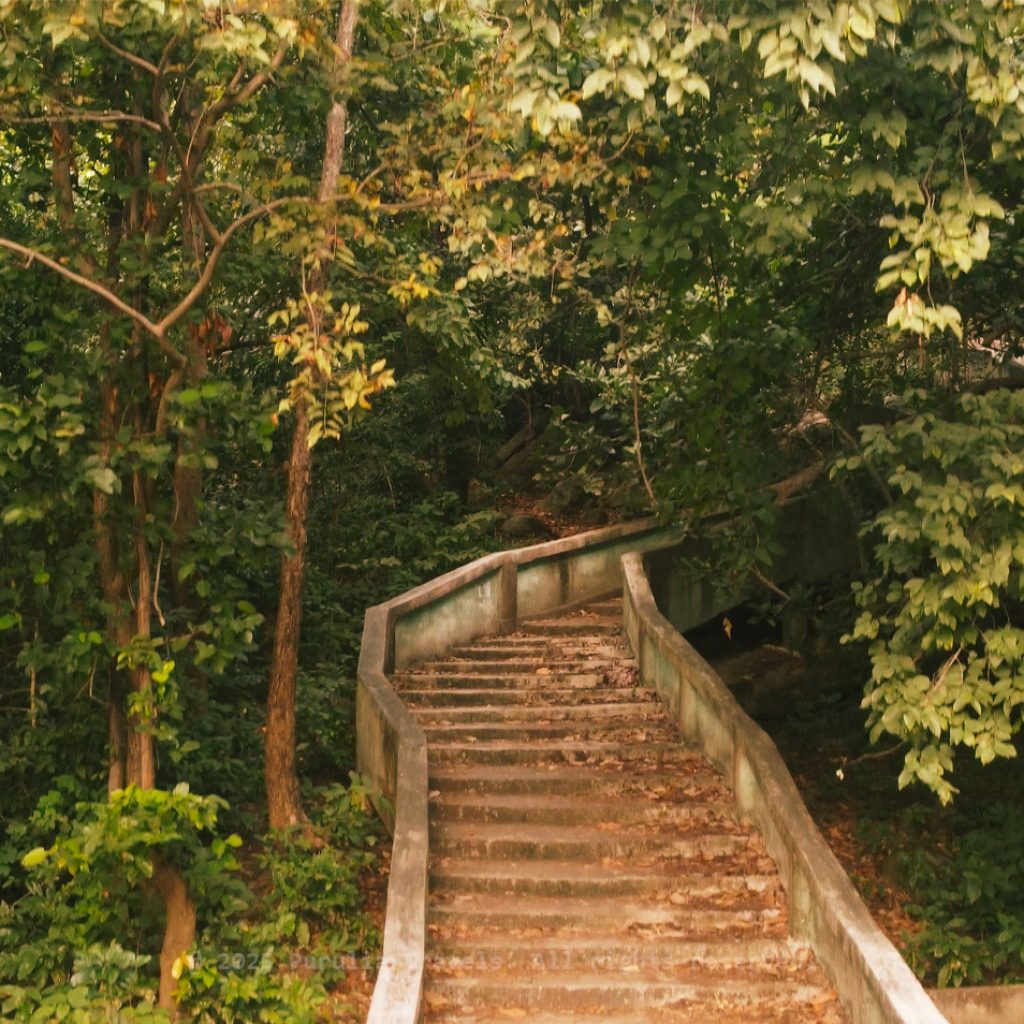
The trip to Mathaburu Hill provides an attraction of adventure and beauty of nature. The ascent is followed by preserved cement stairs leaving the climbing a simple task. Even this last 45-minute section is moderately demanding, but it is still not difficult for most adventurers. If you proceed upwards through the thick woods, you will meet colourful flora and birds with multicoloured species opening numerous windows for the exploration of nature. The summit confers on trekkers stunning panoramic views of lush valleys and beautiful landscapes, which make all the journey worthwhile.
To succeed at the peak of Mathaburu Hill is a lifetime experience which serves as a delight of seeing the vast panoramic view of Baghmundi, Balarampur and its surrounding valleys of Ajodhya Hills range. With one of the highest altitudes of all the Ajodhya Hill stations, it gives a thrilling point to be seen, especially during the monsoons when mist and drifting clouds further beautify the lush surroundings. The quiet combination of rolling hills, thick forests and charming towns is perfect for a vacation for nature and photography lovers and seekers of peace.
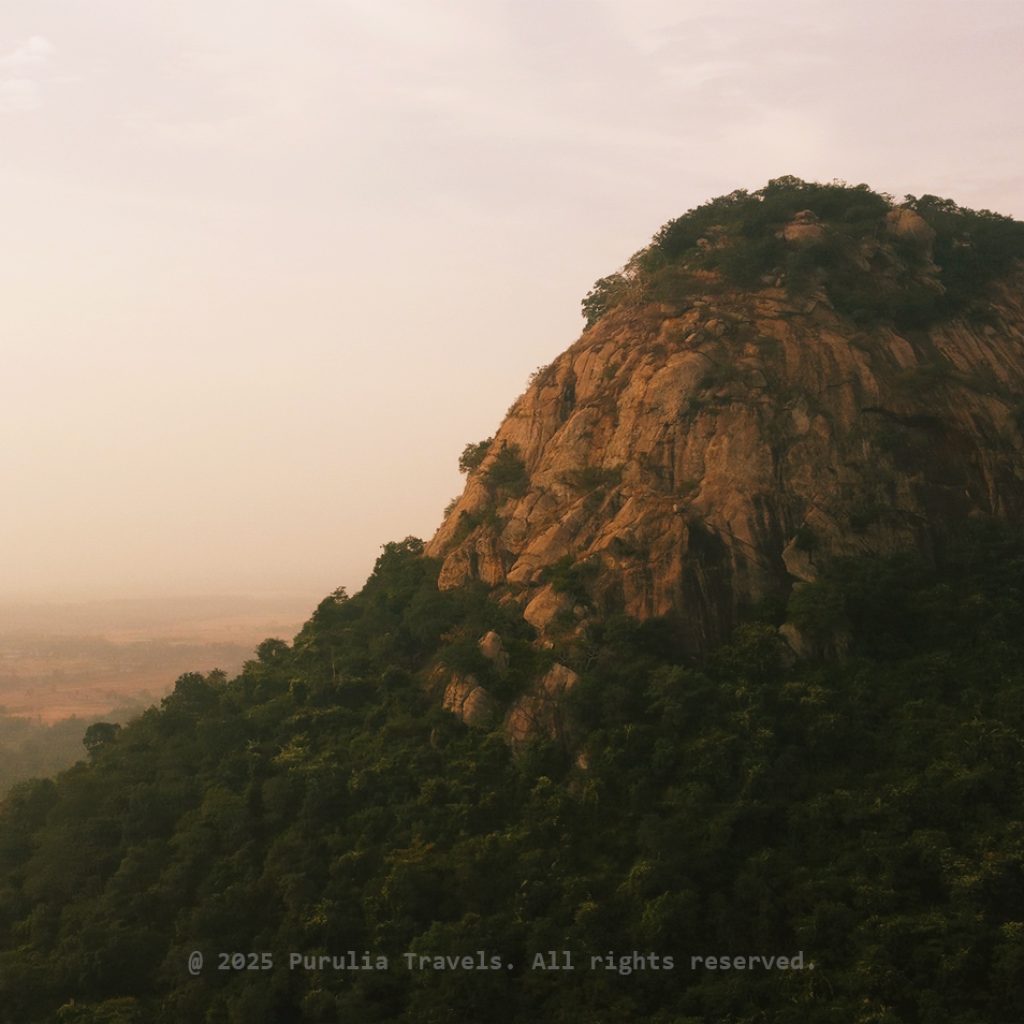
Not only is Mathaburu Hill a natural wonder, it is also a spiritual heartland, cradle of the famous Mathaburu’s Temple. Located at the summit, this temple is dedicated to the “God of Matha” , an important deity for local tribal communities. The temple has great cultural and religious value especially at the time of Makar Sankranti festival. During this period, the hill leaves the periphery as the gathering place for the devotees, as people come from neighboring regions.
The following day of the festival is reserved for the worship of the Goddess of Matha and the entire hill becomes an ocean of merrymaking in the local spirit. Temple grounds and base of hill become alive with cultural activities; tribal dances performance, rituals, offering, among others are part of festival integral. The fair at the foot of the hill contributes to the festive mood, giving the sense of the rich tribal culture of this region to the guests. For tourists visiting Mathaburu hill, the temple and its events are unforgettable spiritual & cultural experiences.
To nature lovers, Matha Forest is a paradise that provides it with dense forest, rugged mountains and various wildlife. It is a crucial Elephant Corridor and a sanctuary to tribal communities, which make it culturally diverse and attractive in nature. The area is frequented by elephants, who add to its importance for large mammals.
The forest also is famous for its annual winter rock climbing camps which attract adventure enthusiasts. In spring, Palash, Kusum, Shal and Mahua create a colorful paradise in the woods. Under this mix of natural splendors, adventure and tribal heritage lie, making Matha Forest a worthwhile destination to visit.
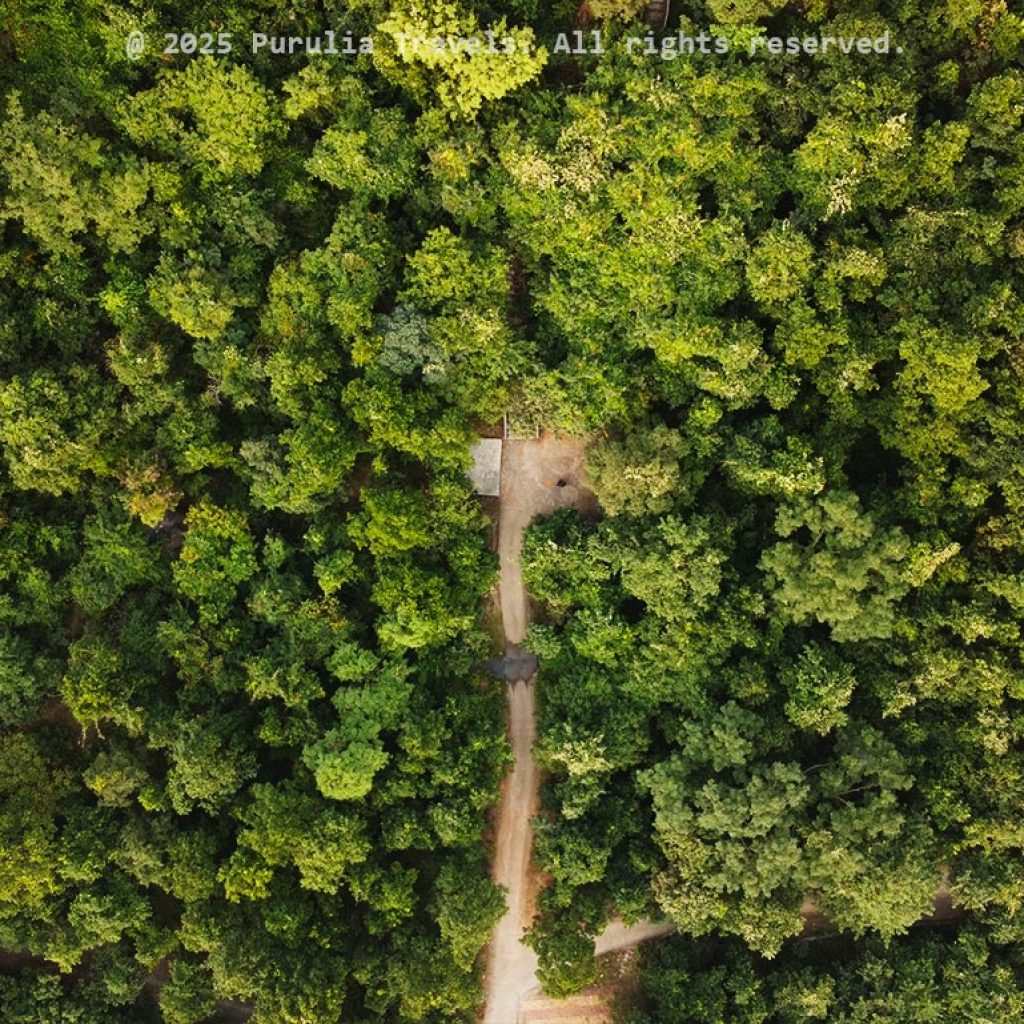

When you’re in Matha Forest & Mathaburu Hill, make sure you explore some of the beautiful and culturally significant sites nearby as follows:
| Location Name | Details | Distance (Approx.) | Read More |
|---|---|---|---|
| Pakhi Pahar | Pakhi Pahar, located not too far from Mathaburu Hill, is renowned for its 65 bird sculptures intricately carved into the rocks. This offbeat destination is a haven for trekkers and nature enthusiasts alike, offering stunning views and a unique cultural experience. | 3 Km | Read More |
| Gorgaburu Hill | A tranquil and serene spot, Gorgaburu Hill is ideal for those seeking peace amidst nature. The hill offers beautiful panoramic views and is a great location for short treks, picnics, and nature walks. | 10.6 Km | Read More |
| Pardi Forest & Dam | Nestled within Matha Forest, the densest forest in the Ajodhya region, Pardi Forest stands out as its most densely wooded area. Pardi Dam, a serene water body within this lush expanse, offers picturesque surroundings, making it an ideal spot for leisurely walks, nature photography, and relaxation. | 12.5 Km | Read More |
| Charida Village | Famous for its traditional Chau masks and rich tribal culture, Charida Village is a must-visit for anyone interested in exploring the unique heritage of the region. | 13 Km | Read More |
Purulia Railway Station, approximately 322 km from Kolkata, is well-connected by several trains, including the Ranchi Vande Bharat Express (20898), Chakradharpur Express (18011), Purulia SF Express (12827), and Ranchi Intercity Express (18627). Upon arrival, a private vehicle arranged by Purulia Travels will take you on a scenic 45 km journey along the picturesque Ajodhya Hill Road to reach the Hilltop Area. From the Hilltop, the vehicle will continue for 300 meters to reach Haribol Mandir, take a left towards Ram Mandir, drive 500 meters straight towards Sikar Maidan, park your vehicle, and walk approximately 1 km to reach Sita Kunda.
Purulia is well-connected by road to cities such as Bankura, Asansol, Bokaro, Jamshedpur, and Ranchi. From Kolkata, you can board a government or private bus, including AC options, from Esplanade. These buses will drop you at the Purulia Bus Stand, where a vehicle from Purulia Travels will be ready to pick you up. The drive then continues through the scenic Ajodhya Hill Road, covering 45 km to reach the Hilltop Area. From the Hilltop, the vehicle will proceed 300 meters to Haribol Mandir, take a left towards Ram Mandir, drive 500 meters straight towards Sikar Maidan, park your vehicle, and walk around 1 km to reach Sita Kunda. If you are driving on your own, just follow the same route after reaching Purulia Town.
The nearest airport is Birsa Munda Airport in Ranchi, located about 117 km away, followed by Kazi Nazrul Islam Airport in Durgapur, around 164 km from Purulia. From either airport, you can take a train or bus to reach Purulia Town. Once there, a private vehicle from Purulia Travels will drive you 45 km via the scenic Ajodhya Hill Road to the Hilltop Area. From the Hilltop, the vehicle will continue for 300 meters to Haribol Mandir, take a left towards Ram Mandir, drive 500 meters straight towards Sikar Maidan, park your vehicle, and walk approximately 1 km to reach Sita Kunda.
Find quick answers to all your questions about visiting Matha Forest & Mathaburu Hill.
The best time to visit Mathaburu Hill is during the winter months, from November to February, when the weather is cool and perfect for trekking.
The trek to Mathaburu Hill is moderately challenging but not overly difficult. Cement stairs lead halfway up, and the remaining trek takes around 45 minutes.
Yes, Matha Forest is part of a wildlife corridor, and elephants are a common sight, especially in the dense, undisturbed areas.
The Mathaburu Temple is a sacred place for locals, with the Goddess of Matha worshipped during the Makar Sankranti festival. It attracts many devotees during the annual fair.
Yes, Matha Buru offers rock climbing camps and training, making it an excellent spot for adventure seekers.
Subscribe to see secret deals prices drop the moment you sign up!
WhatsApp us

